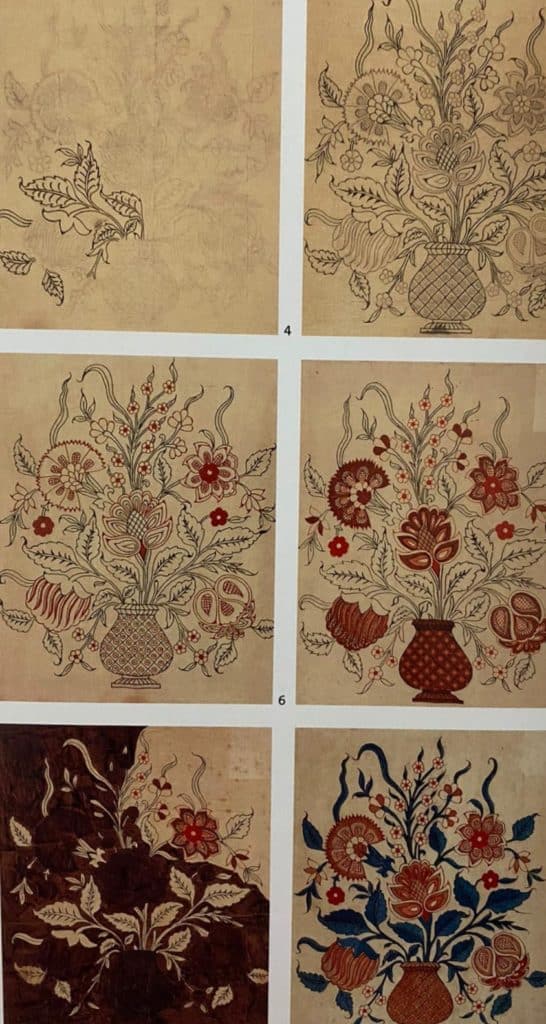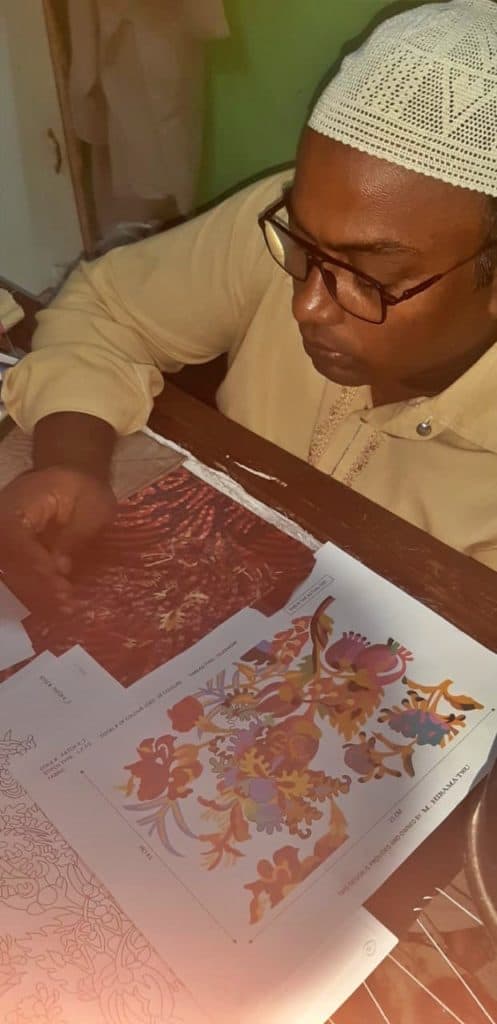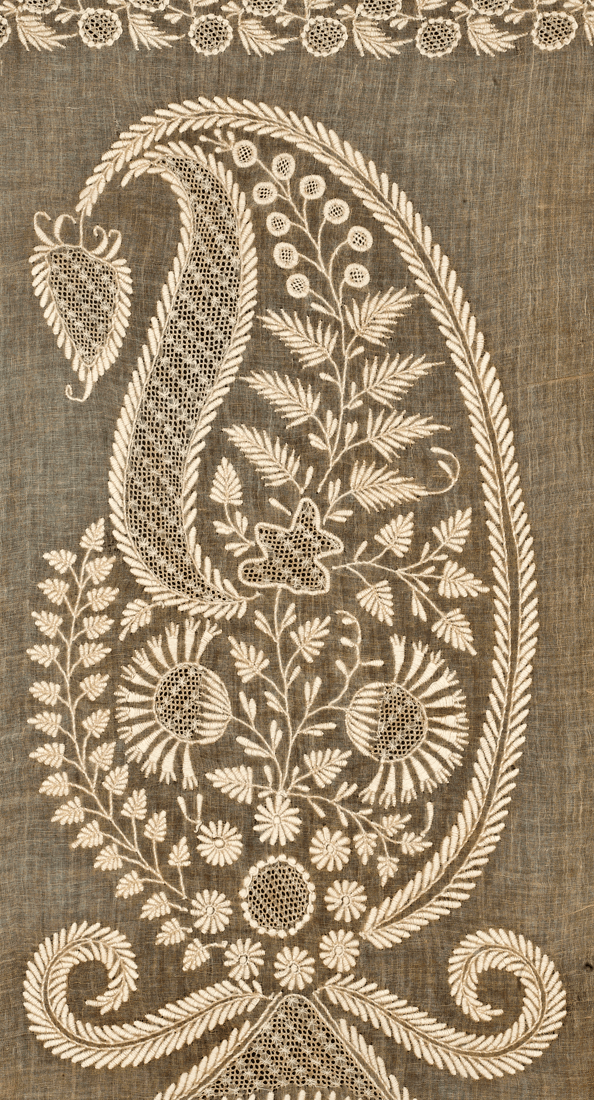
Until 520 years ago, the Europeans had known only linen and silk as compared to at least 5,000 years ago when Indian farmers had already started domesticating a species of tall tree cotton. And Indian weavers had already started weaving soft, washable, lightweight cotton that held colors well.
The start of Painted and Printed Cotton trade with Europe
By the time, the first European ships arrived in India in the 1500s. The Indian artisans’ had already for thousands of years combined skills in weaving, painting, printing, dyeing, bleaching, and glazing cotton to embellish their superior fabrics for thousands of years. Nonetheless, after the European ships returned from India with the first few samples of the lightweight, washable, gaily colored and patterned cottons, they became a fashion sensation! These cottons were a starting point for the start of the textile trade between India and West.
It is a point of wonder that ancient Indian artisans came to master and dominate the art of making colors and mordants with the use of humble natural ingredients like rusty nails, and plant parts—such as roots, seeds, and powdered leaves. The durability and vibrancy of which can be justified by looking at the thousands of years old specimens of larger than life hand painted or printed Indian cottons displayed at the best museums around the world.

Marasim was founded on the principle of “Enabling collaborations between the designers and the grassroots craft communities to utilize the traditional craft techniques as a medium of design innovation for luxury. And to help with the longevity of traditional crafts while providing for the livelihood of grassroots artisan communities’’
Over the past 6 years of our operations, the most commonly asked question to us is- What is Grassroots? Is it a place? A rural place? Or is it people? People with limited means? Or is it people with limited means living in rural places?
In this article we will explore who we call our Grassroots community and how we collaborate/work with them while taking care of their well being once they become a part of our craft supply chain.
The following points describe what Grassroots means to Marasim –
1) Migration of craft workers to the cities with lucrative opportunities.
The cost of living in these cities is high. Therefore, these cities do not guarantee, a dignified standard of living in return for artisan’s skill, hard work and sacrifices. (more…)
The opportunities to work with highly skilled artisans has always made us appreciate an idea’s elusive – soulful journey to a finished product. The artisans are experienced in their crafts and are also opinionated about design. We share viewpoints, laughter, and sometimes disagreements while trying to achieve a similar outcome.
Marasim works with Master embroider Gulzar out of his own creative space. Thus, with time, Gulzar’s workplace has become our second home, and every detail about him and how he works has become an everlasting memory. The way he uses his stained but gorgeous old teapots and always sits and works by the window sill that is always half covered with an old embroidered mesh and how we make small conversations about our families, past, hopes, and our future. These relationships are the foundation of Marasim. Our collected glints of pure gold. In these unprecedented times, we are opening up our box of stories with the hope that they will inspire some hope and smiles. Gulzaar Ansari.
MEET GULZAAR ANSARI
Meet Mohd. Gulzar Ansaari an unsung hero of fashion.
Gulzar is based in New Delhi, India. Having been born and brought up in Delhi, he is a true ‘Delhiite.’ He lives there with his siblings, wife, and kids. They are a huge family and a very talented one too. Gulzar and his family have been practicing Aari and Zardozi embroideries at their home atelier for nearly 22 years. He vividly remembers his grandfather practicing these embroideries and fondly shares the memories of his mother spending hours on the hand embroidery frame. In his own words, “All of us, brothers and sisters, grew up playing around these frames and embroideries.” (more…)
(more…)
How

Marking an Embroidery Pattern. Oftentimes, in the craft sector, the practitioners feel a sense of responsibility to pursue traditional processes to a Tee.
When technology integrates into traditional handcrafts. It saves time and increases efficiency. And it is the best chance to ensure the survival of an ancient practice in a modern world. Therefore, technology interventions combined with handcrafts can save time and increase efficiency. (more…)
CHIKANKARI EMBROIDERY HISTORY
Traditional Chikankari Embroidery at a NYC based company. The historical city of Lucknow with its detailed architecture is synonymous with Chikankari embroidery. In 1775, Lucknow had become the capital of the city of Oudh. It at once began to attract craftsmen, artists and musicians, who were patronized by the Mughal court.
The stitches of white on white patterns such as paisleys and florals adorn the surface of the fabric . The use of untwisted cotton or silk threads was common. Some stitches start from the front of the fabric, others from the back. There are six basic stitches, which form a large repertoire of stitches as a combination of each other for embossing flowers and leaves.
(more…)







